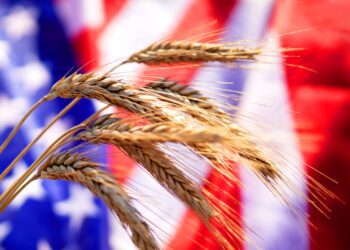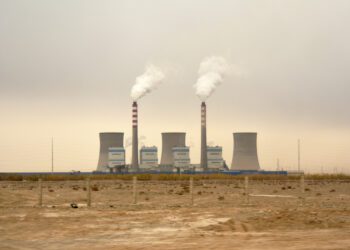President Donald Trump wants to “unleash” American energy. Doing so means taking advantage of all the United States has to offer, including the cheapest, most obvious, eminently ready, and scalable energy technology: solar power.
Instead, the Trump administration is doubling down on 20th-century energy technologies while sidelining 21st-century ones by expanding oil and gas leasing, propping up uneconomic fossil fuel infrastructure, and attempting to pause federal support for renewables.
At the root of this energy policy mistake is a misconception of solar power’s advantages. Unlike oil, coal, and gas – commodities, whose prices fluctuate based on geopolitical vagaries and other factors – solar PV is only getting cheaper and better over time. Yet, as solar is still just 6-7% of the country’s generation, continued support is key to ensuring the United States does not fall behind others in the clean-energy race.
Solar Is Cheap, and Getting Cheaper
Solar is now the most cost-effective source of unsubsidized energy after years of price declines driven by capital investment. The levelized cost of energy (LCOE) – the all-in cost to build and operate a power asset over its lifetime – is the industry standard for direct comparison across energy sources, and Lazard’s annual reports are the go-to place for consistent numbers. According to Lazard’s 2024 report, the LCOE for utility-scale solar has dropped around 90% in the last decade alone, to as little as $29 per MWh, 2.9 cents per kWh, well below gas ($45/MWh) and coal ($69/MWh). All that is before tax credits or other subsidies are factored in.
President Donald Trump wants to “unleash” American energy. Doing so means taking advantage of all the United States has to offer, including the cheapest, most obvious, eminently ready, and scalable energy technology: solar power.
Instead, the Trump administration is doubling down on 20th-century energy technologies while sidelining 21st-century ones by expanding oil and gas leasing, propping up uneconomic fossil fuel infrastructure, and attempting to pause federal support for renewables.
At the root of this energy policy mistake is a misconception of solar power’s advantages. Unlike oil, coal, and gas – commodities, whose prices fluctuate based on geopolitical vagaries and other factors – solar PV is only getting cheaper and better over time. Yet, as solar is still just 6-7% of the country’s generation, continued support is key to ensuring the United States does not fall behind others in the clean-energy race.
Solar Is Cheap, and Getting Cheaper
Solar is now the most cost-effective source of unsubsidized energy after years of price declines driven by capital investment. The levelized cost of energy (LCOE) – the all-in cost to build and operate a power asset over its lifetime – is the industry standard for direct comparison across energy sources, and Lazard’s annual reports are the go-to place for consistent numbers. According to Lazard’s 2024 report, the LCOE for utility-scale solar has dropped around 90% in the last decade alone, to as little as $29 per MWh, 2.9 cents per kWh, well below gas ($45/MWh) and coal ($69/MWh). All that is before tax credits or other subsidies are factored in.
Read the full article by Gernot Wagner & David Wei / Columbia University












